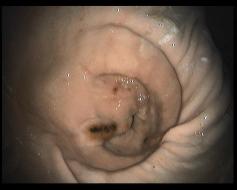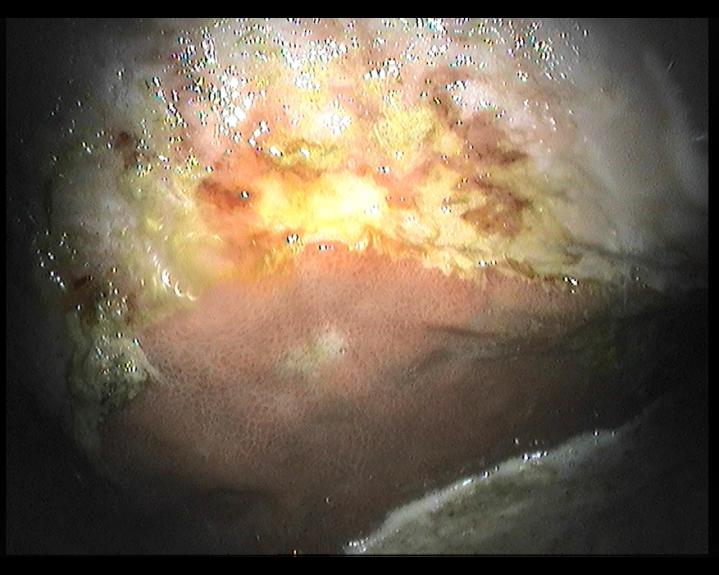Could your horse have ulcers?
Possible signs include…
- Poor performance.
- Dull appearance.
- Picky appetite.
- Grumpy temperament.
- Resistance to riding aids.
- Resistance to girthing.
- Colic.
Signs of gastric ulceration can be vague and many horses will display few symptoms. Gastroscopy involves passing a camera through the nose and into the stomach and is the only way to diagnose ulceration reliably. Other methods, such as using pressure points or testing faeces, only act as a guide and not a diagnosis.
Unlike humans, who only produce gastric acid as required, horses produce gastric acid constantly, whether they are eating or not. Saliva and roughage will help to protect against this acid, so periods without eating will increase the risk of high acid and gastric ulceration.
The horse’s stomach is divided into the squamous and glandular areas. Causes and treatment of ulcers in each of these areas differs.
The squamous area is the top part of the stomach. This area is not designed to withstand stomach acid as the fibrous nature of a horses natural diet allows a mat to form to keep acid from reaching this area. Squamous ulceration is caused by splashing of stomach acid into this region. This most often occurs during exercise, and feeding of 1-2 litres of chaff prior to exercise can help form a protective mat and prevent recurrence.
The glandular part of the stomach is designed to cope with stomach acid. Glandular ulceration is caused when there is a breakdown in the stomach’s normal protective layer. This can be harder to treat and manage as we cannot eliminate all acid from this area.
Treatment to reduce acid in the stomach and help line and protect it will be recommended. Minimising stress and maximising roughage in the diet are both important. More food should be given during the day and less at night if your horse requires restricted feeding and free access to roughage is not appropriate




For further advice and discussion please do not hesitate to contact us. If you would like to book in for a gastroscopy then your horse will need to be starved overnight prior to the procedure in order for us to see all areas of the stomach. This means no straw bedding or turnout! Sedation will be required.
You may be worried purely about whether your horse has ulcers or not, for example if your horse doesn’t like girthing but seems otherwise fit and well. Alternatively you may have more concerns over your horse’s health, and feel that ulcers are a possibility. Don’t hesitate to get in touch to discuss any further points of concern.
